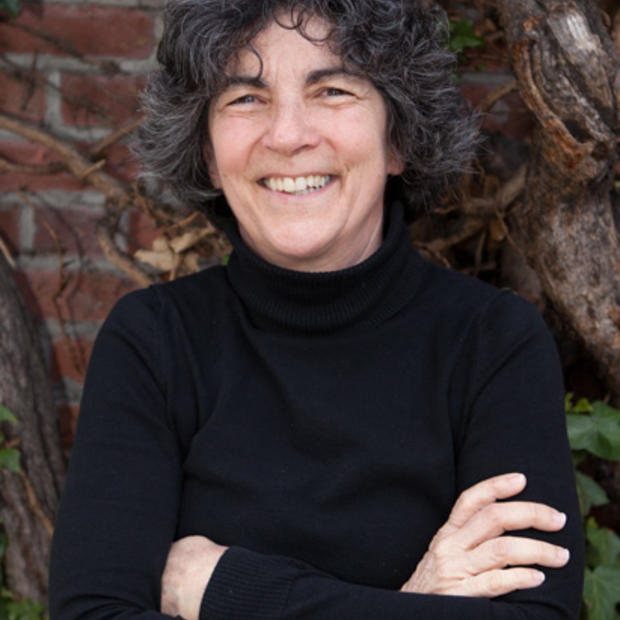We learned a lot from the presentations and discussions on Wednesday night at Crosscut's third Community Idea Lab (this one on transportation). Perhaps the biggest takeaway from debates on 13 hot button issues is this: Transportation is complicated. In the face of such complexity, attempts to force simple yes-or-no answers is, well, dumb. But turns out it was a great way to spark spirited debate and tease out the nuances that must bedevil the hell out of our city, county and state transportation agencies.
Thirteen groups of 8-10 attendees at Wednesday's Lab discussed assigned questions with a moderator taking notes and keeping the peace. Consider these outcomes from some of those debates:
Should there be a park-and-ride near all mass transit stations?
Members of this group stumbled over the word “all.” They were willing to vote yes on park-and-rides in more out-of-the way places where a car might be the only way to reach the mass transit station. But they were uniformly opposed to building park-and-rides near transit stations in dense urban centers, where space is limited and alternatives (such as buses) are readily available. They did, however, concede that in some circumstances (super nasty weather) and for some people (those with mobility issues, for example) driving to transit may be the best, or even the only option. And of course, park-and-rides need to be safe.
Should developers be required to provide parking for most residents when they build near transit stations?
The Initial vote on this one was 1 yay and 4 nays, a tally that held up despite a few flirtations with maybe – one maybe had three kids and all agreed that transporting kids is a lot easier with a car. Opponents liked the idea of ditching parking, because it would encourage drivers to rely more on mass transit and free developers from the additional expense. One person suggested that, for now at least, it'd be better to require parking in the hope that people will make the switch to electric cars.
Should we lower the speed limit on all city roads to 30 mph?
Safety was front-and-center in this discussion. The go-slow side cited studies showing that your odds of dying after being hit by a car or truck rise precipitously with vehicle speed. For example, if the vehicle is traveling at 20 mph, you survive 95 percent of the time. If the driver is going 30 mph, your survival rate is about 60 percent. At 40 mph, it’s 15 percent. Despite the stats, the group was split 50-50 on the 30 mph question.
Should state funding be used to incentivize electric car use?
This group agreed that the state should somehow reward electric car users, but no with subsidized charging stations or free ferry rides or waiving state sales tax. Instead, why not have employers provide free charging at work in the same way they subsidize ORCA cards? And how about rewarding drivers of hybrid cars too?
Should a portion of the Alaskan Way Viaduct be converted into an elevated park (a la New York City’s High Line?
An even split on this issue. Naysayers cited concerns about safety (as in earthquake-proof); about the potential for interference with the planned Pike Place Market expansion; and about whether the area had enough foot traffic to justify the expense. Supporters argued that an elevated park along the waterfront would bring en element of surprise to the waterfront neighborhood. It would add vibrancy and great views, draw foot traffic – and be great for bikes too!
Should the privately funded basketball or hockey arena be located in Seattle’s SODO neighborhood or in Tukwila?
This became a binary discussion: concentrate v. share the wealth. Siting the arena in SODO alongside Century Link and Safeco fields allows for leveraging resources (like parking) that are already in place; and taking advantage of population and transit density (“Stadiums need to be where the market is,” argued one participant). Besides, private investment is attracted to thriving downtown areas. But Tukwila supporters countered that locating the arena there would help communities south of Seattle which need economic development, and also generate more ridership (on game days) for light rail. In the end, the vote was SODO 4, suburbs 2.


